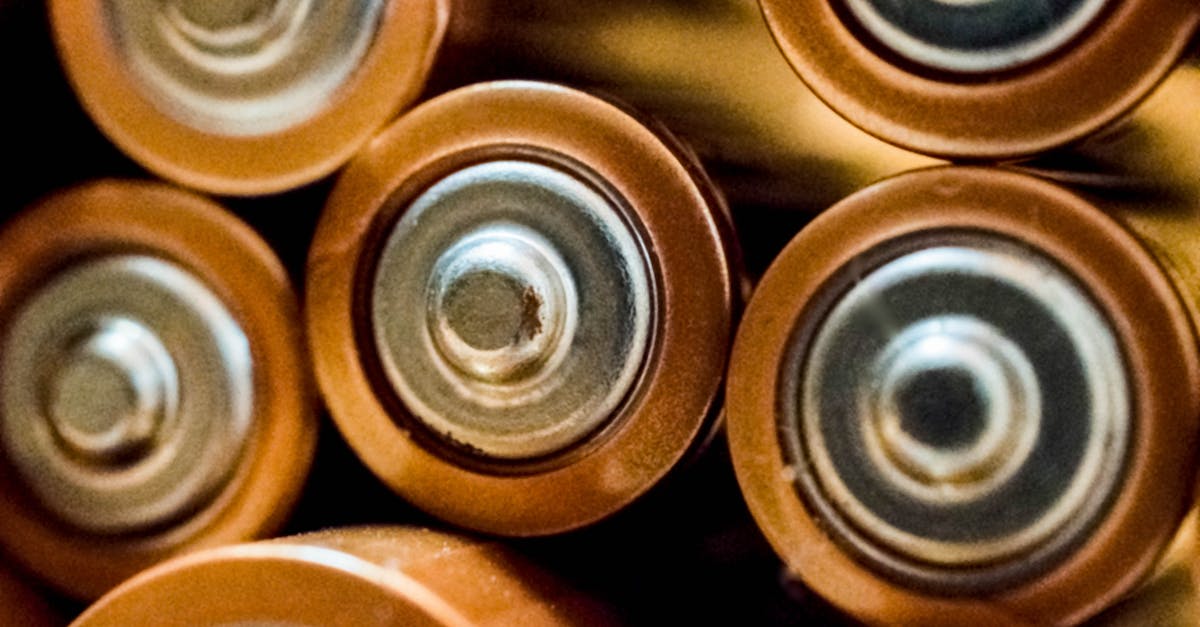The Growing Need for Renewable Energy Storage
Renewable energy is no longer just a buzzword, it’s becoming the backbone of global energy systems. Solar and wind power are leading the charge, but there’s a catch: they are intermittent. The sun doesn’t always shine, and the wind doesn’t always blow. So, how do we store all that clean energy for use when we need it the most? That’s where energy storage solutions come into play.
As we push for cleaner energy solutions, the technology behind storing renewable energy is becoming more sophisticated. But the big question is: what does the future of energy storage look like? Will we be able to store all the energy we need to keep the lights on 24/7? Or are we still years away from that kind of technology?
Current Energy Storage Solutions: What’s Working Today
Before we can predict what the future holds, it’s important to look at where we stand now. Currently, the most common method of storing renewable energy is through batteries. You’ve probably heard of lithium-ion batteries, the same type used in everything from smartphones to electric vehicles. These batteries work by storing electrical energy chemically and releasing it when needed.
However, while lithium-ion batteries have revolutionized the energy storage space, they still come with limitations. They are expensive, they degrade over time, and they require significant resources like lithium, cobalt, and nickel, resources that are often hard to come by and environmentally challenging to mine. As a result, researchers and companies are looking for alternatives.
Innovative Alternatives on the Horizon
Enter the next wave of energy storage technologies, some of which sound like they belong in a science fiction novel.
1. Solid-State Batteries
One promising development is solid-state batteries, which are seen as a potential game-changer in energy storage. Unlike traditional lithium-ion batteries, which use liquid electrolytes, solid-state batteries use solid materials. This might sound like a minor difference, but it could make a huge impact. These batteries are safer (no risk of leaks or fires), more efficient, and can store more energy in a smaller space. The downside? They’re still in the early stages of development, and large-scale production is a few years away.
2. Flow Batteries
Flow batteries, which store energy in liquid form, are another alternative that’s gaining traction. These batteries work by circulating a liquid electrolyte through a system to charge and discharge energy. The beauty of flow batteries is that they can be scaled up easily, making them a great option for large storage systems. The main issue, however, is that they’re still quite expensive and less energy-dense compared to traditional batteries.
3. Green Hydrogen
Green hydrogen is one of the more exciting (and perhaps slightly futuristic) ideas for renewable energy storage. The concept is simple: you use surplus renewable energy to split water molecules into hydrogen and oxygen. The hydrogen gas can then be stored and used later as fuel in a fuel cell to produce electricity. This process could offer a viable solution to long-term energy storage, particularly for industries like shipping and aviation, which are harder to electrify. But like other technologies, it’s still in the experimental phase and requires further scaling and cost reductions.
Challenges That Must Be Overcome
While the advancements in renewable energy storage are exciting, there are still significant challenges to overcome. It’s not just about creating new technologies; it’s about making them accessible and cost-effective on a global scale.
1. Cost and Scalability
One of the most significant hurdles for renewable energy storage is cost. Right now, many of the alternative storage solutions are simply too expensive to deploy at the scale needed for widespread use. Take solid-state batteries, for example, they offer fantastic efficiency and safety benefits, but their production costs are far higher than lithium-ion batteries. Until manufacturing processes improve and the costs drop, these technologies will remain out of reach for most consumers and businesses.
2. Resource Availability
Many current and potential storage technologies rely on rare and often environmentally harmful resources. For instance, lithium and cobalt are vital for lithium-ion batteries, but mining them can have a significant environmental and social impact. We need to find ways to make energy storage technologies more sustainable by reducing reliance on these scarce resources. This includes research into recycling batteries and developing new materials that are both abundant and less harmful to the planet.
3. Infrastructure and Integration
Even if we develop the best storage technologies, there’s still the issue of integrating them into our existing infrastructure. Renewable energy generation is often decentralized, think of solar panels on rooftops or wind turbines in remote areas, while energy demand tends to be concentrated in cities. To truly harness renewable energy, we need to create smarter, more flexible grids that can store and distribute energy efficiently. This will require significant investments in new infrastructure, which could take years to build.
The Road Ahead: A Future Fueled by Innovation
Looking ahead, the future of renewable energy storage is brimming with possibilities. We might not be there yet, but we’re certainly on the right path. With continued research, investment, and collaboration between governments, industries, and researchers, we could see breakthroughs that make storing renewable energy cheaper, easier, and more accessible than ever before.
But it’s not all about the technology itself. As we innovate, we also need to think about policy, regulation, and societal buy-in. There’s no point in developing a groundbreaking energy storage system if it’s not supported by the right infrastructure and frameworks. Energy storage is about more than just tech, it’s about creating a sustainable future that benefits everyone.
Conclusion: Embracing a Renewable Future
The future of renewable energy storage will likely involve a combination of existing and emerging technologies. Solid-state batteries, flow batteries, and green hydrogen are all promising candidates, but the race to find the most efficient and sustainable solution is ongoing. The road ahead will be filled with challenges, but it’s also filled with opportunities. By investing in research, pushing for better policies, and focusing on sustainability, we can move closer to a world where renewable energy powers everything, all the time. And who knows? In a few decades, we might look back at today’s energy grid and marvel at how far we’ve come.



